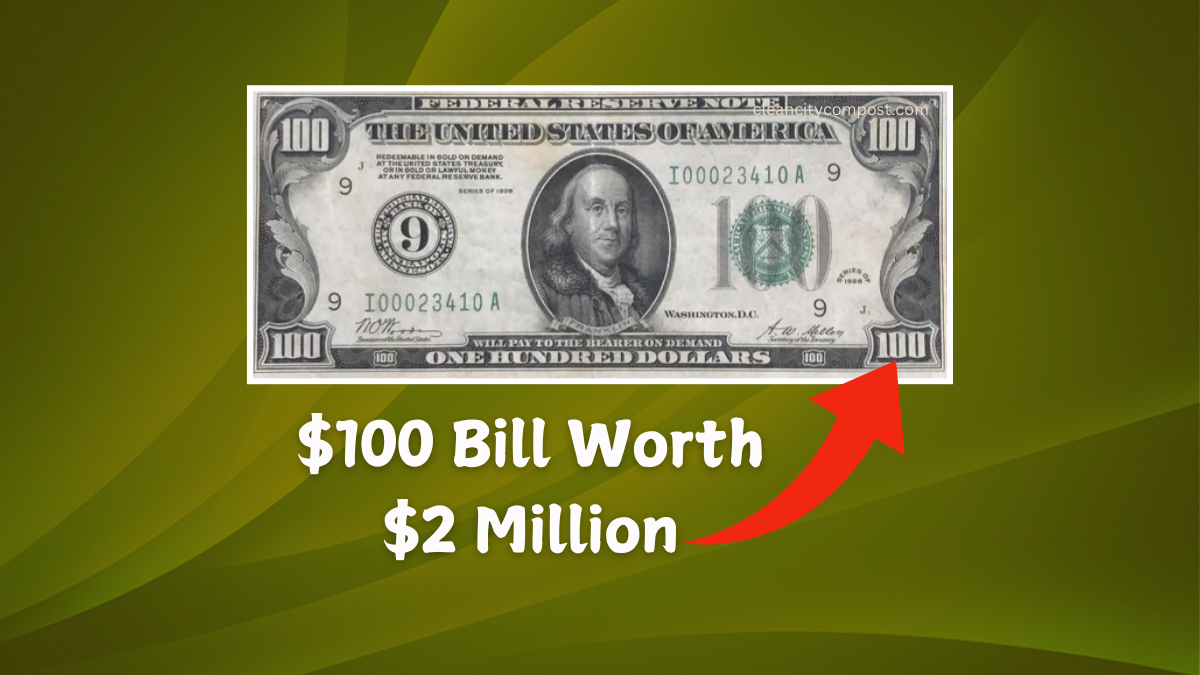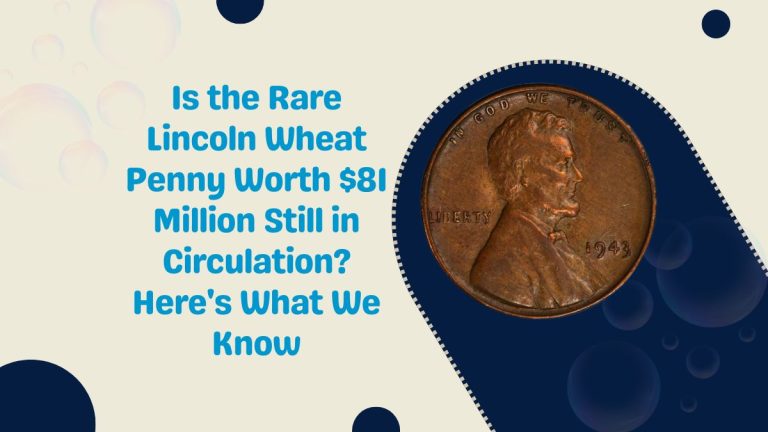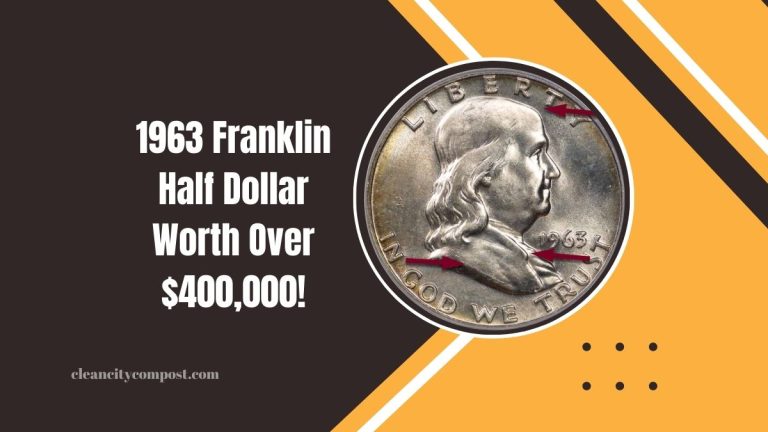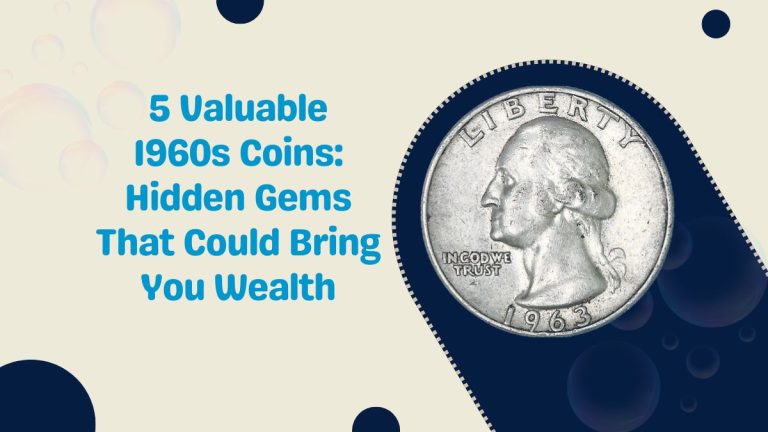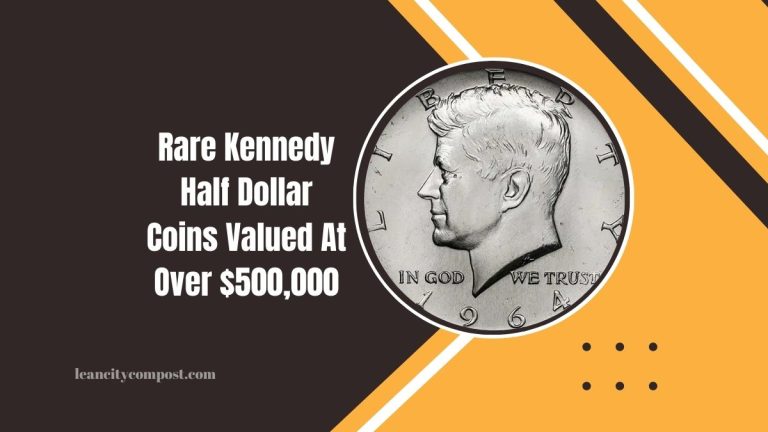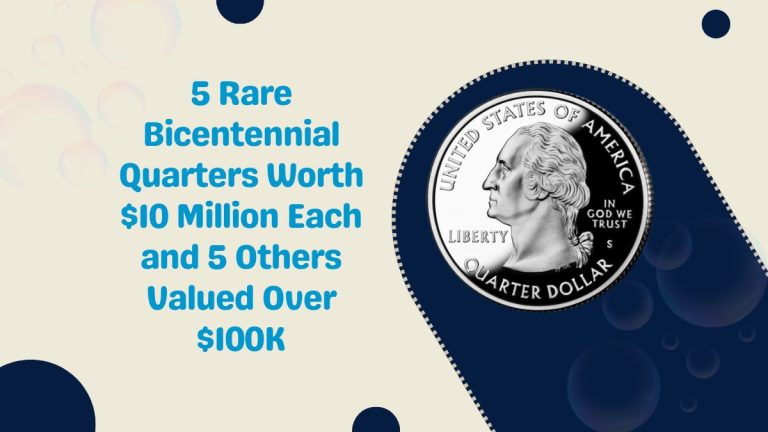How Your $100 Bill Could Be Worth $2 Million – Its Rare Features?
Rare $100 bills, depending on their unique features, can fetch incredible prices, even up to $2 million.
Numismatics enthusiasts actively seek out these valuable treasures, and with the right knowledge, you could find one in your wallet.
Key Features Making $100 Bill Valuable
Collectors look for specific traits in bills that increase their value. The most important factors include the bill’s serial number, errors in printing, star notes, and its historical significance. Let’s break down what to look for.
Rare Serial Numbers
The serial number on your bill can be a game-changer when it comes to its value. Certain patterns are much more desirable:
- Low Numbers: Bills with numbers like 00000001 or 00000123 are highly sought after.
- Repeating Patterns: For example, 77777777 or 12121212.
- Palindromic Numbers: Also called “radar numbers,” like 1234321.
- Sequential Numbers: A series of increasing or decreasing numbers also attracts collectors.
The rarer the pattern, the higher the bill’s potential worth.
Star Notes
Star notes are replacement bills printed when a bill has a flaw during production. These bills are marked with a star symbol at the end of the serial number.
Star notes are much rarer than regular bills and can increase in value, especially if combined with low serial numbers or printing errors.
Printing Errors and Their Impact
Printing errors make a bill more unique and valuable. Some of the most common errors include:
- Misaligned Text: Where the text or symbols are offset.
- Ink Smudges: Errors in the printing process that cause blurring.
- Double-Printed Numbers: When the number is printed more than once on the same bill.
Collectors pay a premium for bills with noticeable flaws, as they are seen as rarities in the numismatic world.
Condition Is Key
The condition of the bill is just as crucial as its rarity. A bill that is in pristine or uncirculated condition will often be worth more than one that has been folded, torn, or otherwise damaged.
If you suspect you have a rare bill, make sure to store it in a protective sleeve to preserve its value.
How to Evaluate Your $100 Bill
If you suspect that you have a rare $100 bill, here’s how to evaluate it:
- Inspect the Serial Number: Look for any patterns that could indicate rarity.
- Check for Star Notes: If your bill has a star at the end of the serial number, it’s worth checking further.
- Examine for Errors: Look for printing flaws that make the bill unique.
- Assess the Condition: Ensure the bill is in the best condition possible for maximum value.
| Bill Feature | Description | Value Factors | Rarity Level | Example Value |
|---|---|---|---|---|
| Serial Number | Unique combination or pattern | High for low/unique patterns | Rare | $1,000-$100,000 |
| Star Notes | Replacement bills with a star symbol | Star notes in excellent condition | Extremely Rare | $50-$2 million |
| Printing Errors | Misprints, misalignments, ink smudges | Errors increase rarity | Uncommon | $500-$20,000 |
| Historical Significance | Bills tied to specific dates or events | Historic relevance | Rare and valuable | $2 million |
FAQs
What makes a $100 bill worth more than face value?
A $100 bill’s value can increase due to unique serial numbers, star notes, printing errors, and its condition. These features make specific bills rare and valuable to collectors.
How can I identify rare $100 bills?
Look for unique serial numbers, star notes, and printing errors. Additionally, bills tied to historical events or with low serial numbers are often worth more.
What are star notes and why are they valuable?
Star notes are replacement bills printed when an error occurs during production. They are rarer than regular bills, and collectors value them highly, especially if they have other desirable features.
Can I really make millions from a $100 bill?
Yes, certain rare $100 bills can sell for millions, especially those from historical periods or with unique features like printing errors or low serial numbers.

